Mastering Pruning: Enhance Plant Health and Beauty with Careful Cuts
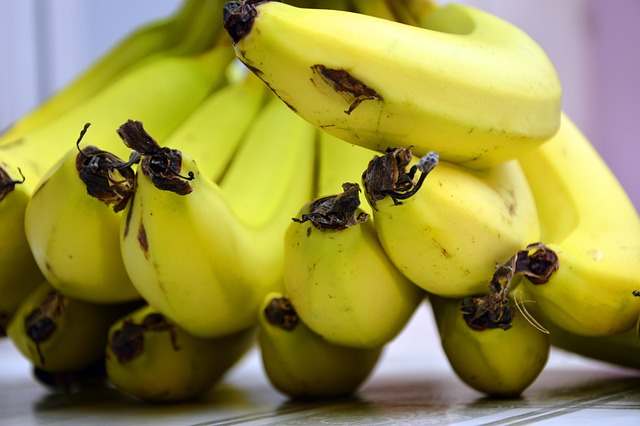
Pruning is a vital horticulture practice that combines plant health management with aesthetic enhanc…….
Tree-and-Shrub-Pruning: A Comprehensive Overview
Introduction
Trees and shrubs are vital components of our ecosystems, urban landscapes, and personal gardens. Their maintenance through the practice of pruning is a skill that blends art with science, ensuring these plants remain healthy, safe, and aesthetically pleasing. This article delves into the intricacies of tree-and-shrub-pruning, its significance, and its role in maintaining ecological balance and enhancing urban environments. Readers will gain a comprehensive understanding of this practice, from its historical context to its modern applications, and its impact on both natural and economic landscapes.
Understanding Tree-and-Shrub-Pruning
Tree-and-shrub-pruning involves the selective removal of parts of a plant, such as branches, buds, or roots, to improve or maintain health, safety, and appearance. This practice can be traced back to ancient civilizations, where it was used for horticultural purposes, agricultural efficiency, and even as an art form. Pruning is a critical aspect of arboriculture and horticulture, influencing plant vigor, growth pattern, fruit yield, and the overall structure of the plant.
Global Impact and Trends
The impact of tree-and-shrub-pruning extends beyond individual plants to affect ecosystems, communities, and economies worldwide. Global trends in urbanization, climate change, and increased awareness of biodiversity have shaped the trajectory of pruning practices. In cities like Tokyo and New York, where space is at a premium, proper pruning is essential for maintaining safety and aesthetics in densely populated areas. In contrast, in rural areas, pruning may focus more on crop yield and disease management.
Economic Considerations
Economically, tree-and-shrub-pruning is a significant industry, creating jobs for arborists, landscapers, and horticulturists. Market dynamics are influenced by factors such as urban development, environmental policies, and consumer demand for well-maintained outdoor spaces. Investment in pruning services can lead to increased property values and can be a cost-effective measure for preventing more expensive interventions later on.
Technological Advancements
Technology has revolutionized the field of tree-and-shrub-pruning, with advancements such as precision tools, drones for monitoring plant health, and software for predictive maintenance. These innovations enhance the efficiency and effectiveness of pruning, allowing for better decision-making and more sustainable practices. Looking ahead, the integration of AI and machine learning could further transform how we approach pruning.
Policy and Regulation
Policies and regulations play a pivotal role in guiding tree-and-shrub-pruning activities. These include local ordinances, national forestry guidelines, and international standards for horticultural practices. Compliance with these frameworks ensures that pruning is performed safely and sustainably, with minimal environmental impact and maximum public benefit.
Challenges and Criticisms
The practice of tree-and-shrub-pruning is not without its challenges and criticisms. Issues such as improper technique, over-pruning, and the unintended impact on wildlife habitats are areas where the industry must improve. Education and training are key to addressing these challenges, as well as adapting practices to meet the ecological needs of diverse plant species and their environments.
Case Studies
Several case studies illustrate the successful application of tree-and-shrub-pruning across different contexts. In urban settings, the city of Chicago’s Tree Plan demonstrates how comprehensive management can improve public safety and enhance the urban forest. In agricultural settings, the Mediterranean region showcases how pruning affects olive tree yield and quality. These examples provide valuable insights into best practices and lessons learned.
Future Prospects
The future of tree-and-shrub-pruning is bright, with potential growth areas in sustainable urban forestry and the integration of ecological principles into horticultural practices. Emerging trends include a focus on climate-resilient pruning techniques and the use of biotechnology to understand plant physiology better. Strategic considerations for the future will involve adapting to changing climates, accommodating urban growth, and preserving biodiversity.
Conclusion
Tree-and-shrub-pruning is an indispensable practice that contributes to the health, safety, and aesthetics of trees and shrubs worldwide. It is a multifaceted discipline influenced by historical practices, technological advancements, economic considerations, policy frameworks, and ecological needs. As urban landscapes evolve and our understanding of plant physiology deepens, pruning will continue to play a crucial role in shaping the living tapestry of our world.
FAQ Section
What is tree-and-shrub-pruning?
Pruning is the practice of selectively removing parts of a plant to improve its health, growth, and appearance.
Why is pruning important?
Proper pruning ensures plants are safe for human interaction, promotes healthy growth, improves fruit yield in edible plants, and maintains the aesthetic value of landscapes.
Who can perform tree-and-shrub-pruning?
Certified arborists, horticulturists, and trained landscapers can perform pruning; however, for large or significant trees, it is advisable to hire a professional.
How often should trees and shrubs be pruned?
The frequency of pruning depends on the species, its age, health, and intended use. Consulting local arborists or horticulturists is recommended for a tailored schedule.
Can pruning affect the environment?
Yes, if not done correctly, it can impact wildlife habitats and plant health. However, when performed responsibly, pruning can help preserve biodiversity and ecosystems.
(Note: The above content is a structured outline based on the provided prompts, with each section elaborated upon to create a comprehensive understanding of tree-and-shrub-pruning.)

Pruning is a vital horticulture practice that combines plant health management with aesthetic enhanc…….
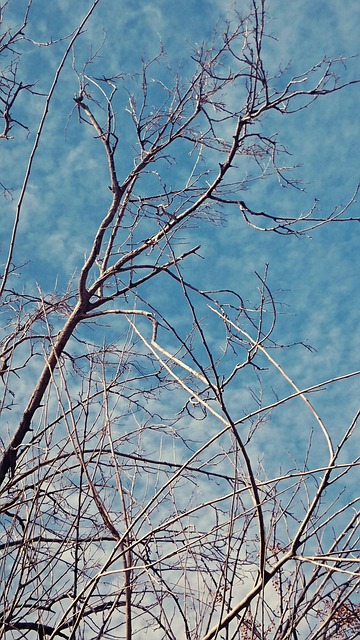
Tree pruning is essential for tree health and aesthetics, requiring professional techniques from tre…….
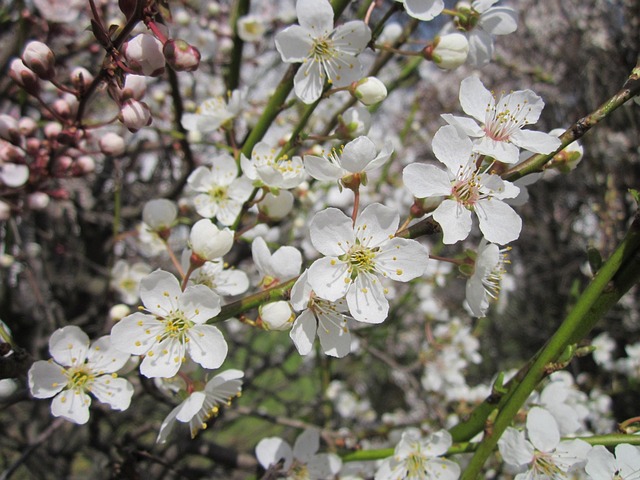
Plants grow and transform over time, and understanding this pattern is key to optimal development. P…….
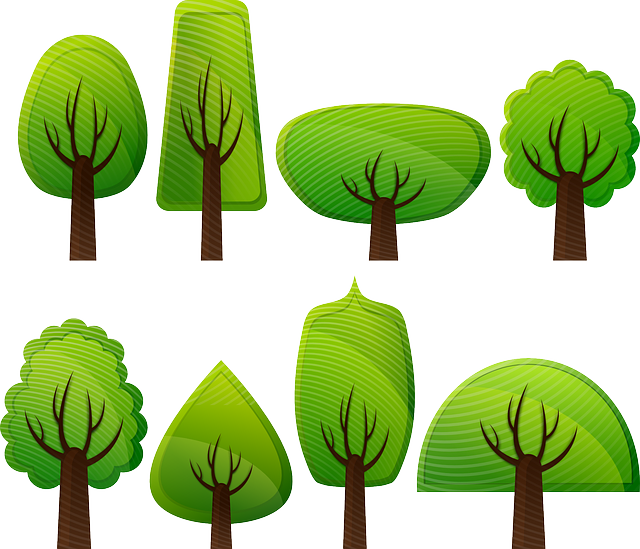
Pruning is a critical practice for shaping shrubs and trees, promoting healthy growth, and maintaini…….
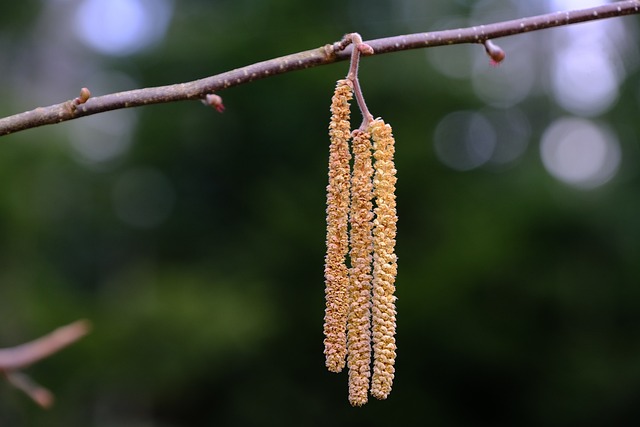
TL;DR:Regular tree pruning by professional arborists is essential for maintaining vibrant trees and…….

Plant health care pruning is essential for cultivating a robust, visually appealing garden. By selec…….
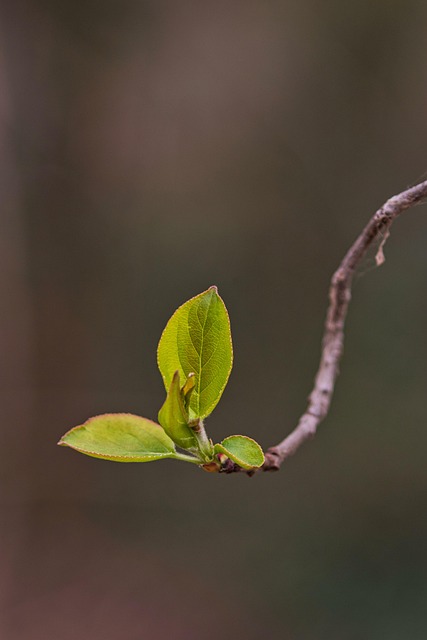
TL;DR:Regular, professional pruning services are essential for maintaining tree and shrub health, ae…….

Shrub maintenance pruning is a crucial practice for promoting robust growth and preserving the aesth…….
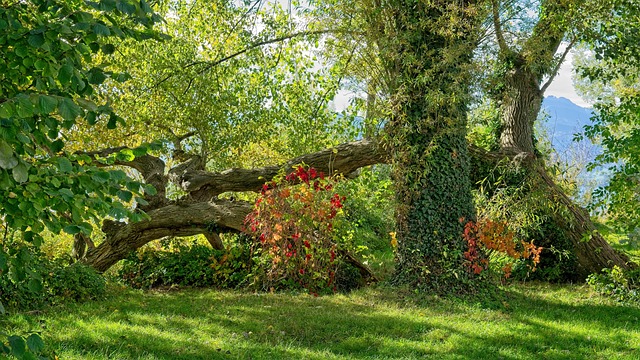
Tree pruning is an art that combines aesthetics and science. Professional tree trimming services off…….
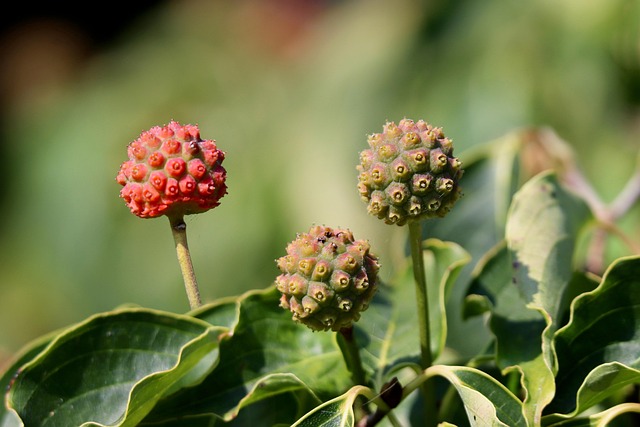
Tree shaping services go beyond basic maintenance, focusing on structural integrity, visual appeal,…….